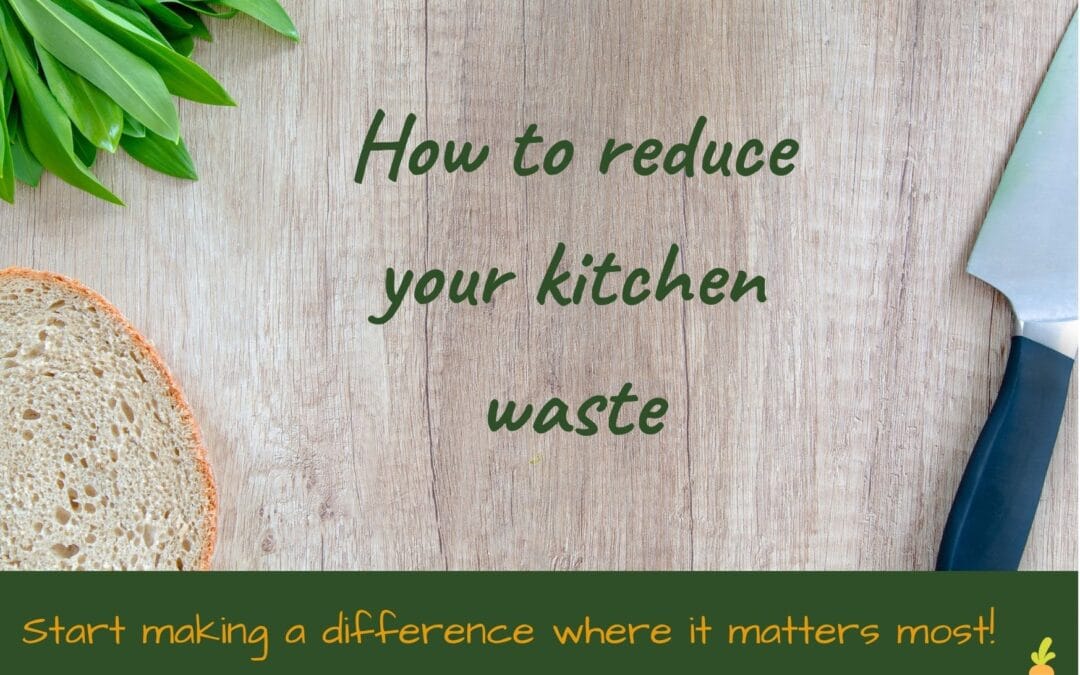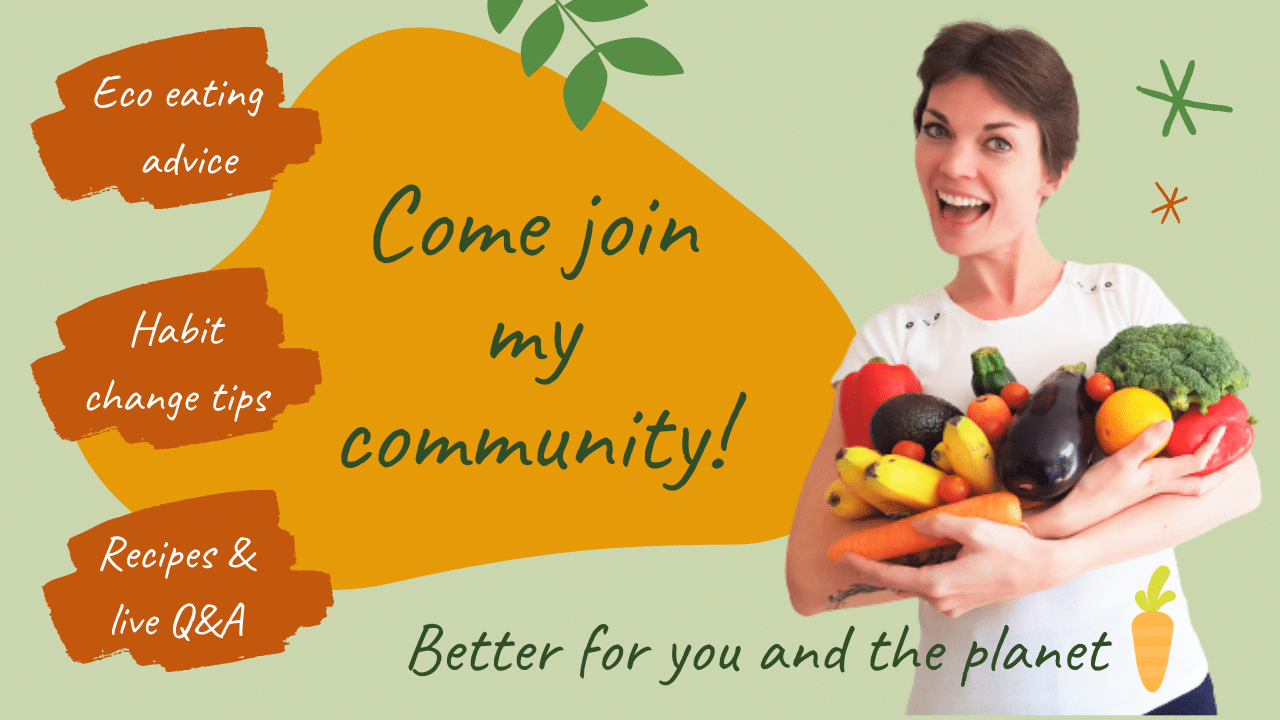For Waste Reduction Week, I’m going to focus on how to reduce kitchen waste as that’s my area!
It’s also the place that most of our waste comes from as a household, with food waste from uneaten food, packaging and other single use items like kitchen towels.
How big an issue is food waste?
To put it simply, it’s massive! It has been said that if food waste were a country, it’d be third behind China and the USA in terms of greenhouse gases!
In the UK, we produce over 10m tonnes of food waste every year, which create 20m tonnes of the greenhouse gas methane, which is 25x more potent than carbon dioxide! This is because the food that ends up in landfill breaks down anaerobically, unlike in our compost.
If global food waste was a country it would be the third-largest emitter of greenhouse gases after the US and China.
Read more: https://www.which.co.uk/news/2019/06/three-food-waste-facts-everyone-needs-to-know/ – Which?
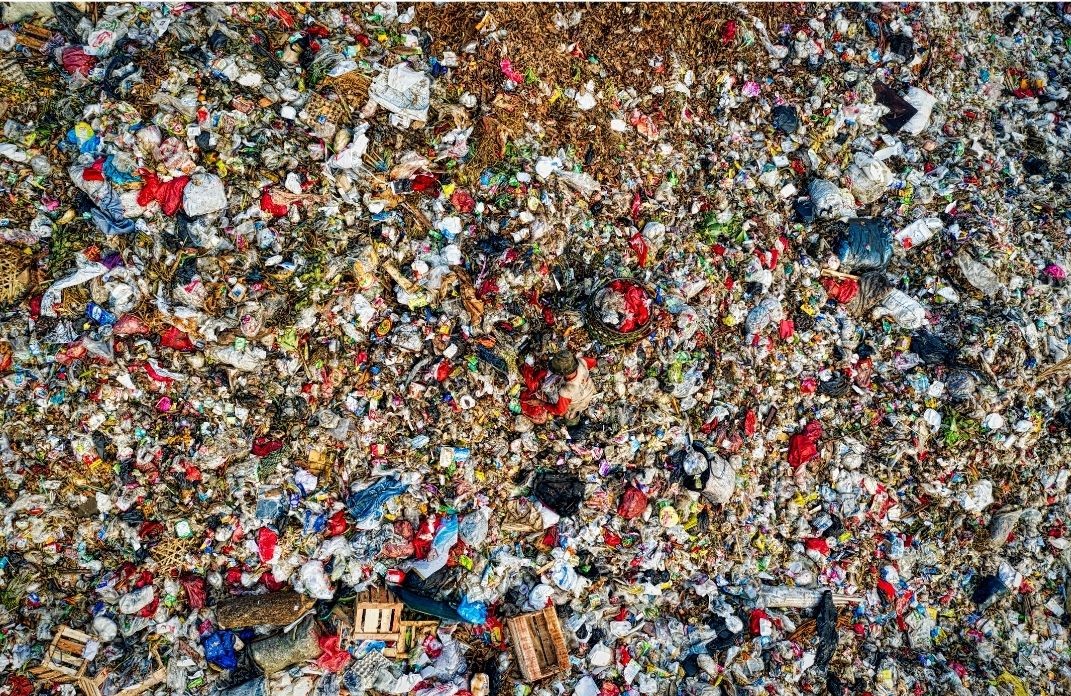
So let’s address these; how can we reduce our food waste, packaging and single use kitchen items to send less to landfill??
Every small change makes a difference, so don’t start with all of it if it’s too much, just start with something!
Reducing food waste
Make fruit and veg last longer
Almost all fruit and veg last longer if kept in cold conditions (the exceptions are bananas, pineapples and oranges). Potatoes, onions and squash will also last for a very long time out of the fridge, so just keep them in a dark cupboard.
The bacteria that builds up in the moisture at the bottom of the fridge drawer speeds up ruin, so keep your kitchen fridge drawer dry and clean. You can use your beeswax wraps to make sure that the fruit and veg are sat on a waterproof surface.
Simiarly, if you put a piece of kitchen towel in with your bagged salad leaves etc, this absorbs the water and can help stop the slimy leaves that go off and ruin the whole bag.
For most fruit and veg which are about to go off, you can chop them and freeze them for another time. Even spinach can be wilted, squeezed dry and frozen in balls.
Learn which parts of the vegetable you can use
We throw so much perfectly edible food away because we think we cant eat it. But here are some ideas for you:
– organic carrots can just be scrubbed, and are great roasted whole. Use the green tops as veg – it’s edible!
– the whole cauliflower is edible, the florets, stem and leaves. In fact, the leaves are super high in calcium. Use it all!
– broccoli stalks are edible too. Stem them up with your broccoli and eat them. (sometimes they are a little woody further down, so if it gets difficult to cut through, discard the bottom, or peel off the outer layers.
– you can eat the whole leek, not just the white bit at the bottom – all of the green leaves are edible 🙂
– potato skins can be left on and contain great fibre. Buy organic to reduce the chance of pesticide residues and slice into wedges, chip, cube and roast or mash, all with the skin on. This saves sooo much prep time! If you have to peel, you can roast the peelings in oil to make crisps…
– for other parts of the veg that you haven’t been able to use, keep in a bag in your freezer, and then make a vegetable stock or soup every now and then.
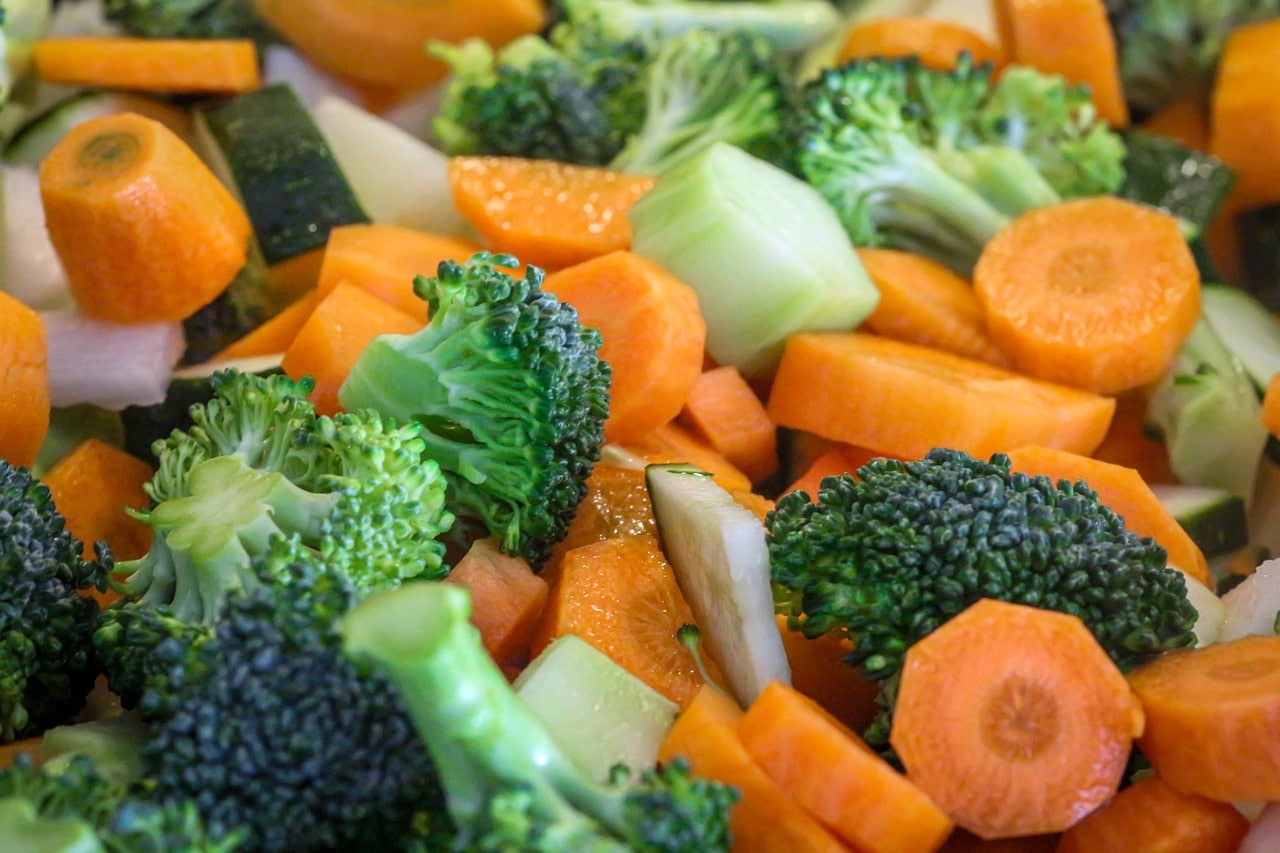
Use up your leftovers
We don’t always get the food volume right, sometimes we end up with way too much. Or someone just isn’t hungry and so there’s some left after dinner. This often ends up in the bin. As does any extra ingredients that didn’t fit in the recipe.
Whilst there’s not enough food to make another whole meal, leftovers give the opportunity to be creative! Vegetables can be added to pretty much any other dinner with a sauce (curry or tomato are great). Meats can be eaten cold in a salad, or mixed into other dishes.
In fact, add some beans and chopped tomatoes to leftover meat and veg and you’ll have a whole new meal. Perhaps some rice on the side? Add some spices like smoked paprika if it’s a little bland.
Or collect different leftovers from a few days and have a leftovers night – not only is this super easy to prepare, people get to pick and choose what they liked best.
Use up fruits which are going off in a smoothie, or stew them with a crumble topping.
Pretty much any vegetables that need eating up can be combined with a curry paste, chickpeas and coconut milk to make a veggie curry. I always keep some canned vegetables in the cupboard to bulk up the meal if needed.
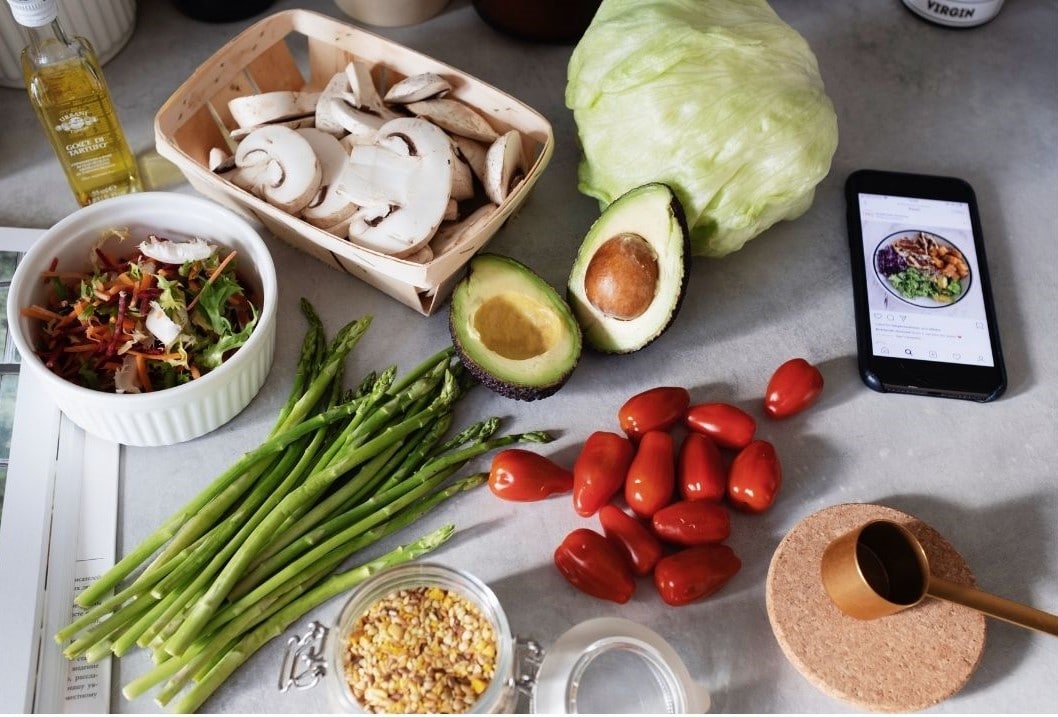
Plan your meals
I think meal planning is a bit like Marmite, you either love it or hate it!
For me, I couldn’t imagine how anyone can go around the shops without knowing what meals they plan to cook in advance! Trying to figure it out and remember everything when you’re at the shops sounds very hard. I’m pretty sure that if I shopped like this I would be more likely to pick up ready prepared meals rather than end up back and forth around the shop as dinner ideas came to me.
I’d be willing to bet that most the people who hate it are the ones who haven’t been able to get it working for them, or who think that the time it takes is to plan is a waste.
Whether you are a fan or not, it’s a fact that planning in advance makes you more likely to make healthy choices with your meals and reduces your food waste. It will also save you money. You only buy what you need and will use, and can plan to use the remainders of a packet in another meal a few days later. Knowing what you’re going to make for dinner also takes a stress out of the day. You can check the plan in the morning, make sure things are out of the freezer etc and plan when you need to start cooking. No last minute panics trying to figure out what you can feed everyone!
I don’t think that making the plan in itself should have to be hard either. Once you have a process it can be done in an hour or so for the whole week. And you should save time in the shops as you’re super efficient working off the list.
Personally, I like to plan food for about 10 days at a time. That way I can just do one big shop every week and a half to pick up all the non perishables for these 10 days, and the perishables/veg for the next 3/4 days (a little longer for ones that last…). Then I pop to the more local shops twice in between to pick up vegetables/perishables for the next few days.
I know meal planning is something that people really struggle with, so I’m going to be running a 3 day meal planning bootcamp shortly. Come sign up here…
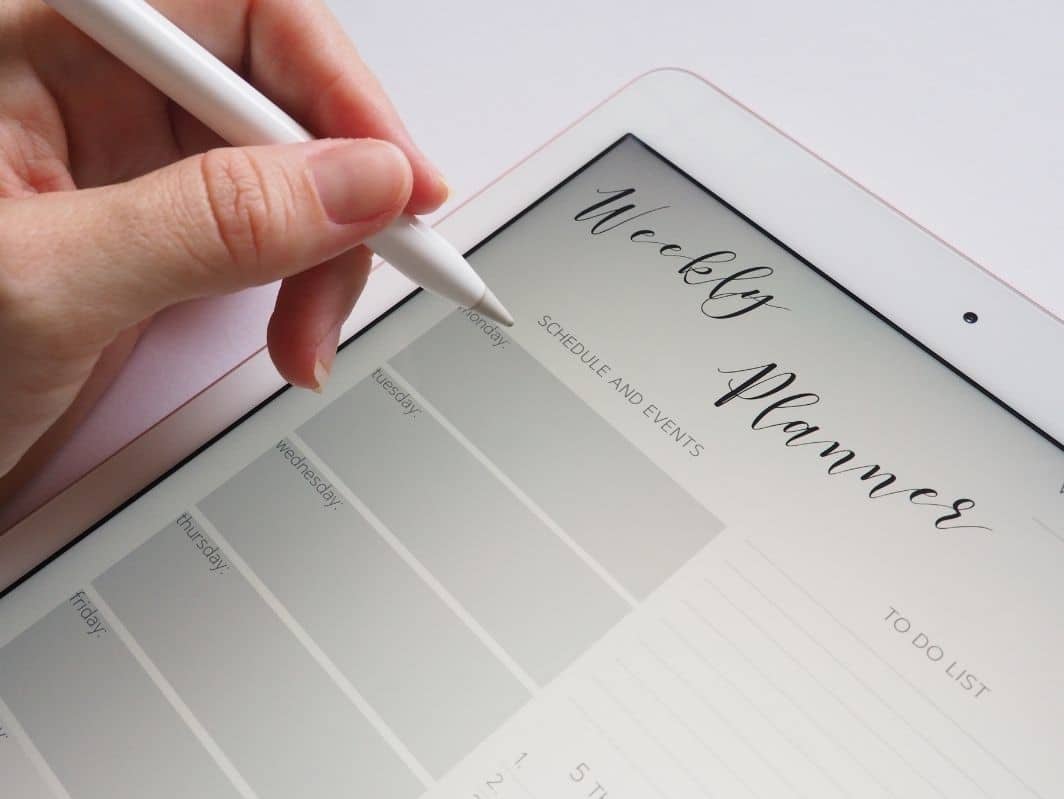
Remove single use items
There are many things in our kitchens which we use once and throw away for convenience. But there are some simple swaps that can let you remove these from your kitchen entirely! I’m talking about:
Cling film
Such a multi-functional product, but pretty hard to reuse as the pieces are often dirty and it all sticks to itself if you try to wash it. A better option is to get something reusable, like silicone stretch lids, or beeswax wraps. The wraps won’t last forever (although you can remelt the wax if it cracks), but certainly have a lot more reuse ability than clingfilm and are bio-degradable and relatively low impact if using organic fabrics.
If you use clingfilm to cover products in the microwave and prevent splashing, get a microwave heating pot with a holey lid.
Plastic straws
If people in your household must have a straw to drink through, invest in some metal or wooden ones (and a tiny brush to clean them). Yes washing them is a little more work, but I think you’ll find that in most cases everyone can do without them.
Plastic cutlery, paper plates and plastic cups
Yes, it is so much nicer not having to wash up after a party, but using these really is laziness. How often do you have parties anyway? The same thing goes for paper plates and cups etc. If you have kids who often have friends over and parties each year and are worried they’ll break the normal ones, invest in some wooden or durable plastic plates and cutlery which can be reused many times.
Paper towels
Swap these for reusable cloths. We often think that paper products are fine to be single use, but just because they rot down, doesn’t mean that producing them isn’t harmful to the planet. Our trees aren’t infinite, and even when they come from sustainable forests, the water and heat required to make paper is substantial. I would know – I’ve been very close to a paper machine in my past life as an accountant for a corrugated packaging manufacturer. This is not a low energy process…
Instead get some microfibre cloths which are super absorbent to mop up most of the messes, wipe up etc. Rinse and leave to dry and they’ll do a few spillages before they need a wash.
Baking parchment
Swap for silicone baking tray liners where possible.
Paper napkins
Swap for cloth napkins.
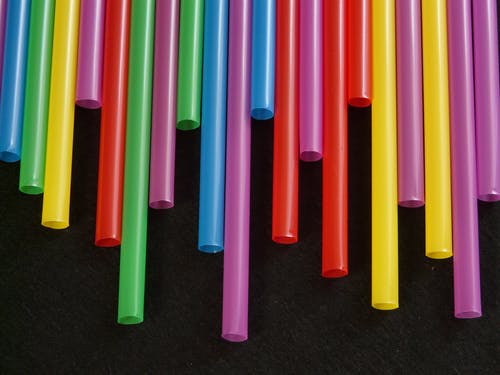
Reduce Packaging
Buy whole cuts of meat
Yes, we should all be cutting back on meat. But if you’re in the early stages of the journey, or, like us, just love chicken and want to keep eating it sometimes, do it in the best way.
Buy a whole meat cut. It will have required less processing, and gram for gram, will involve less packaging.
We love to get a large whole chicken. We can get 3-4 meals out of it for our greedy family of four if we go easy on the meat portion sizes. So many people eat the breast and the legs and leave the rest, but there is sooo much more meat on a chicken than that if you go looking. Get in there and take it apart, either with your fingers or with cutlery (this is harder but I hate greasy fingers!). You will be amazed!
Similarly, cooking up a ham joint and using the ham over the week will produce much less waste than buying many packets of sliced ham, and you’ll get a better quality product.
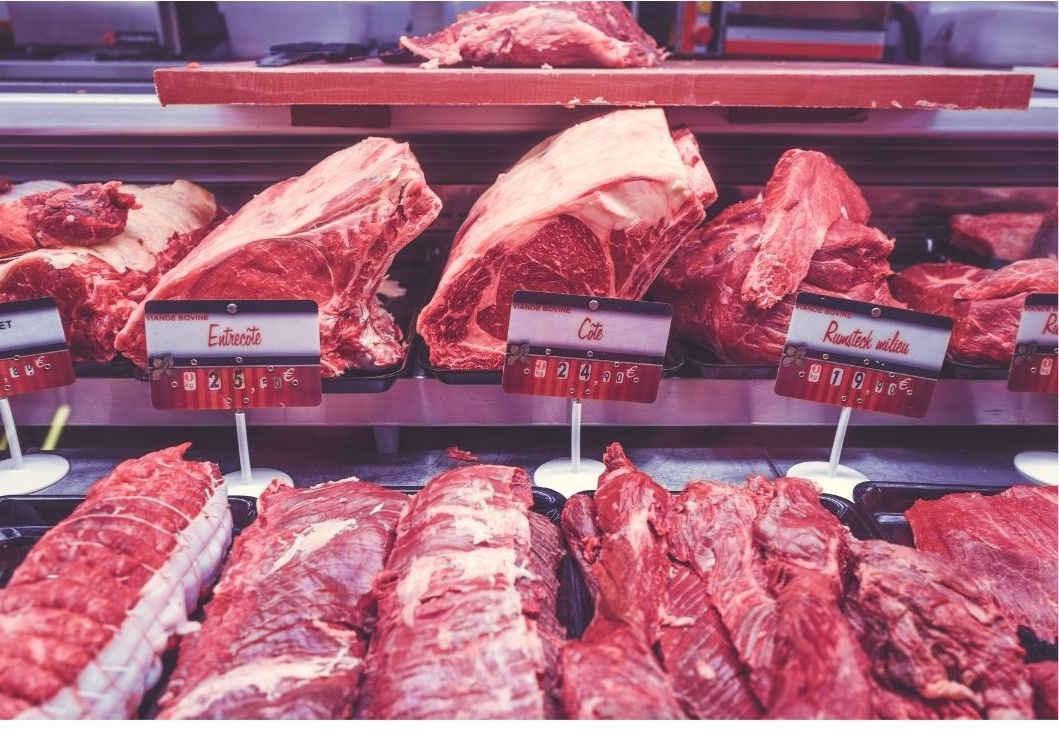
Change your chocolate packaging
Ever found chocolate wrappers from your favourite childhood chocolate bars when you’re gardening? It’s quite exciting to find something so old still so well preserved. Until it dawns on you that these chocolate wrappers really don’t break down!
Instead of the classic brands, we should be choosing those that have recyclable packaging i.e. ones wrapped in card, paper or foil. (in an ideal world we’d all give up chocolate in general, but that’s never gonna happen so I settle for chocolate with less guilt!)
Finding chocolate like this is harder at the local shops but in the supermarket you have lots of choice. Yes it’s more expensive, but you’ll probably end up eating less, which can only be a good thing…
Also, a lot of the brands that are wrapped in recyclable materials are the quality brands, using fairtrade cocoa and often have over 70% cocoa solids which is actually quite good for you in small pieces. (Almost) totally guilt free chocolate – yes please!
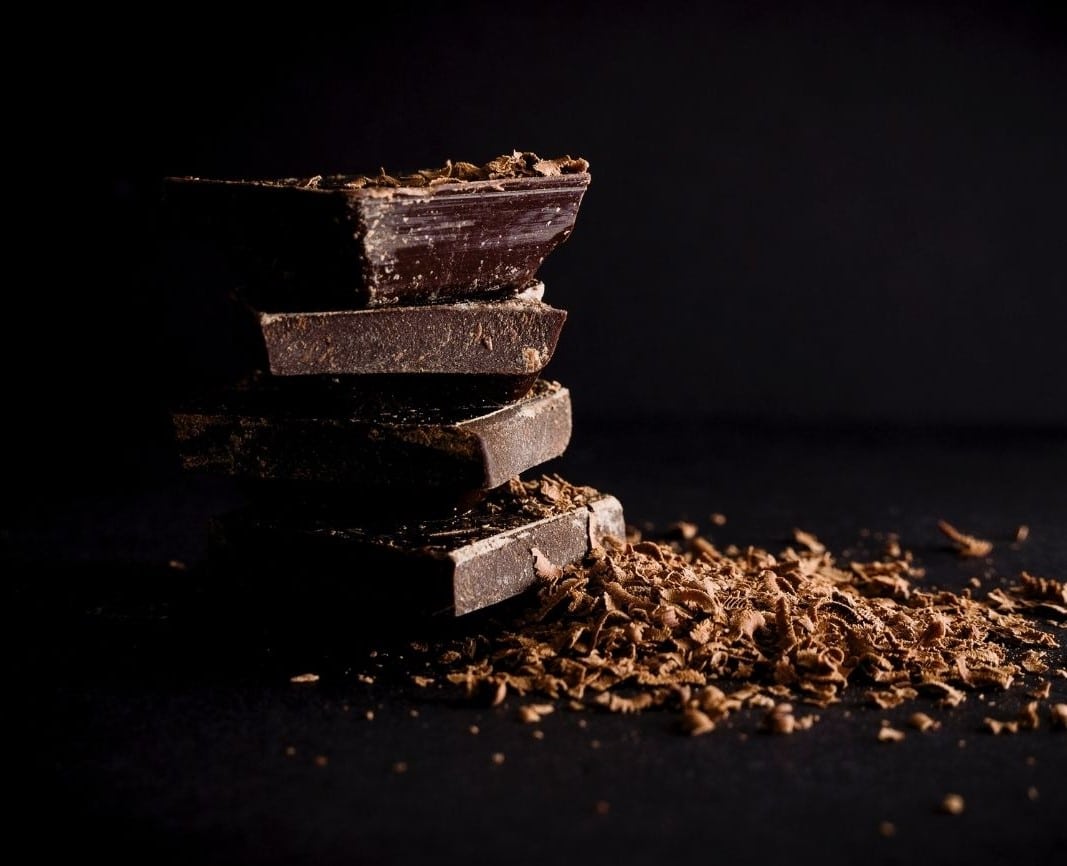
Recycle
Make sure you’re recycling everything you can. It’s heard to know exactly how much of this ends up being recycled, but we increase the chances by putting it in the right place.
Double check the rules for your local council recycling.
Make sure that you are recycling your soft plastics. These are number 4 plastics, which are often what the inner bags of cereals, bread bags and some vegetable bags. Check anything soft for the plastics number. These can be collected and recycled at most large supermarkets with carrier bags.
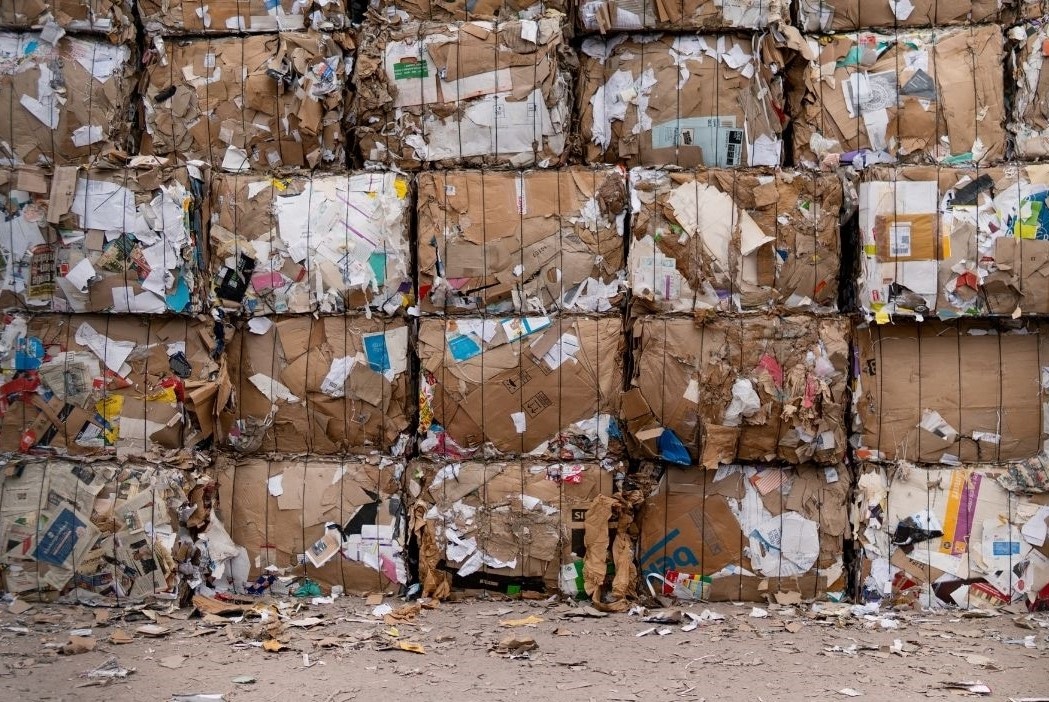
Take your own bags to the shops
We can get through a lot of plastic if we buy new bags everytime we go shopping. Reduce your waste massively by taking your own bags to the shops with you, either reusing last times bags, or with sustainably produced fabric bags.
You can go one step further and take your own produce bags for your fruits and vegetables. Again, reuse what you’ve got (I sometimes use old bread bags!) or get some eco-friendly nets.
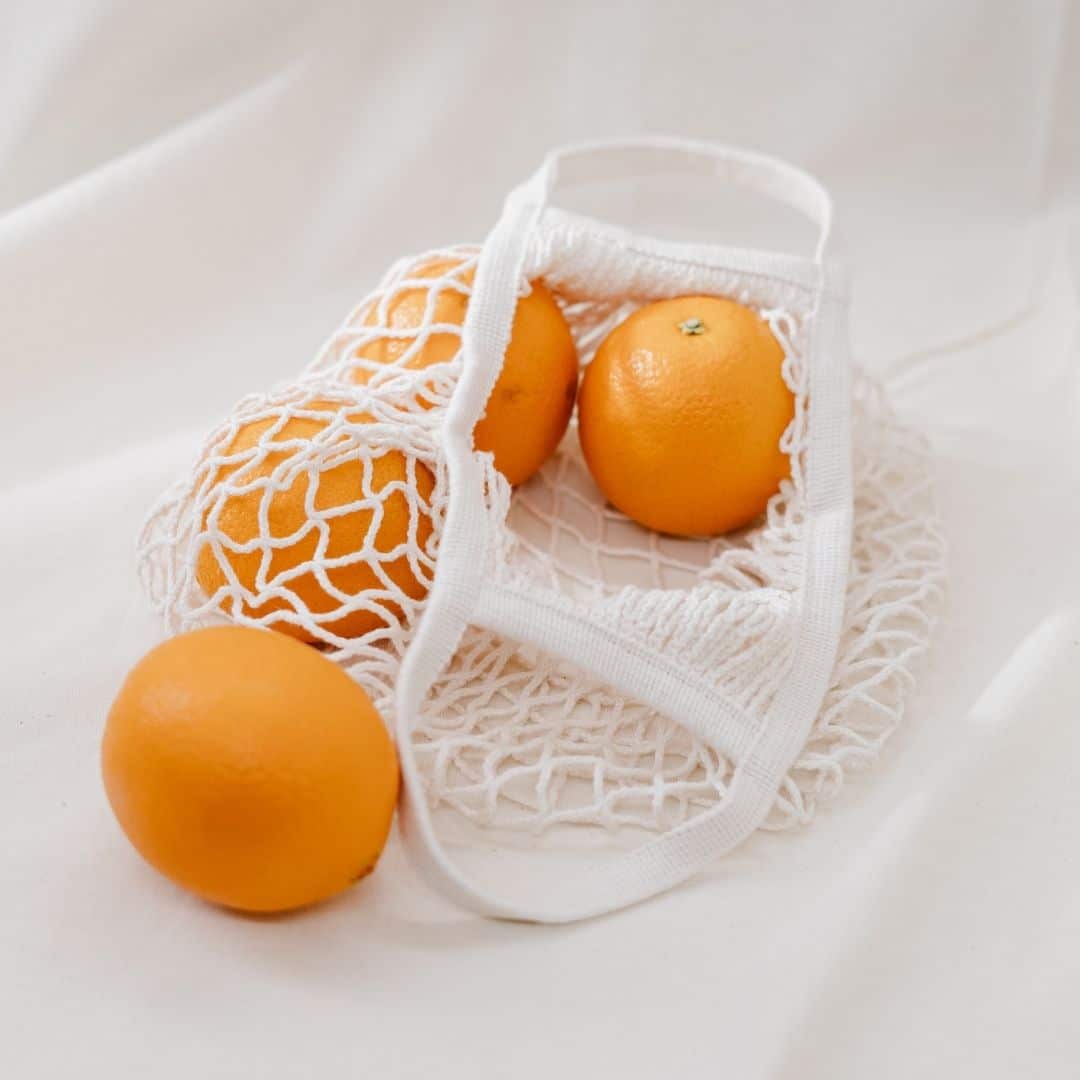
Buy without plastic packaging where possible
Whatever you can buy without plastic is something less in your waste. Start with fruit and veg. You can ususally get most types without packaging at supermarkets (if yours doesn’t have packaging free fruit and veg consider changing stores…). You can do even better at some fruit and vegetable markets.
Make use of the vegetable bags you just bought, or improvise and reuse other bags. Not only do you get to choose your own vegetables, you can buy the exact amount you actually need and avoid waste. Plus you saved the packaging in the first place. (I often use old bread bags as they’re just the right size 🙂
You can also look for more eco-friendly versions of foods. For example, I buy oats in just a cardboard box, rather than the ones that have the plastic bag inside. It’s also possible to get pastas in cardboard too. Much more eco-friendly. When you’re in the store, have a scan of the rest of the isle before buying your normal brand. Are any of them a better option?
Buy in bulk
Often, when we buy larger bags or packs, we use less packaging overall, and it’s usually cheaper. If there’s no space in the kitchen, decant some into the old, smaller bags or pots.
The larger packs are often at the tops or bottoms of the shelves.
There are also the bulk buying shops like Costco if you can get into one of those. Cheaper and with less overall packaging, it’s a great way to save money and do your bit for the planet (providing you can clear out a space at home to keep the bulk bags that is…)
Don’t drink mineral water
Please just stop drinking water from plastic bottle at home. Our tap water is perfectly ok. If you really hate the taste, invest in a water filter. Let’s stop shipping heavy water, in bottles manufactured from our dwindling oil resources that will live forever, around the world.
I think that’s enough for you to be dealing with for now – don’t take on too much at once, just work on making a few improvements at a time and we’ll get there.
If you want some help implementing, join my Facebook Group for tips, advice and support on moving to a more eco-friendly way of eating. Better for you and the planet 🙂 Click on the picture…

